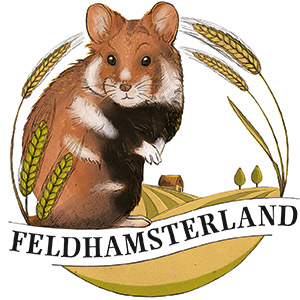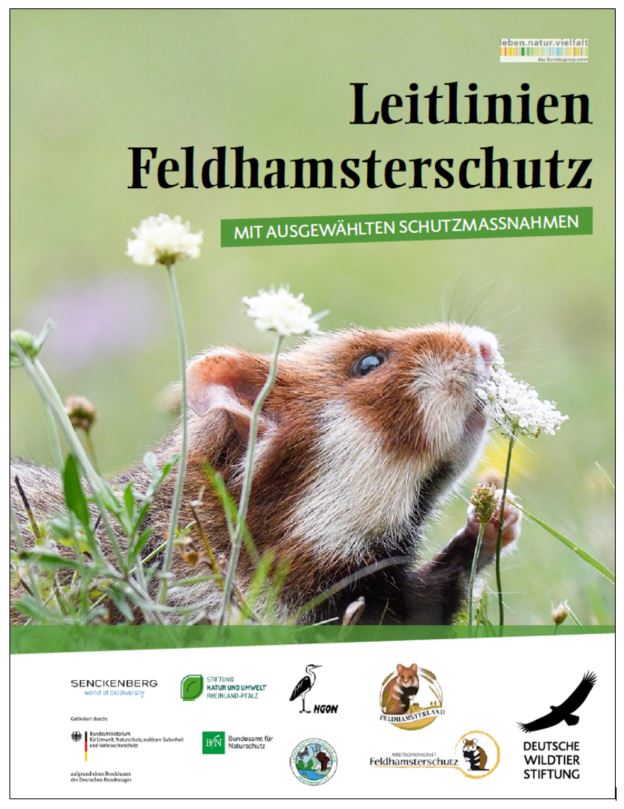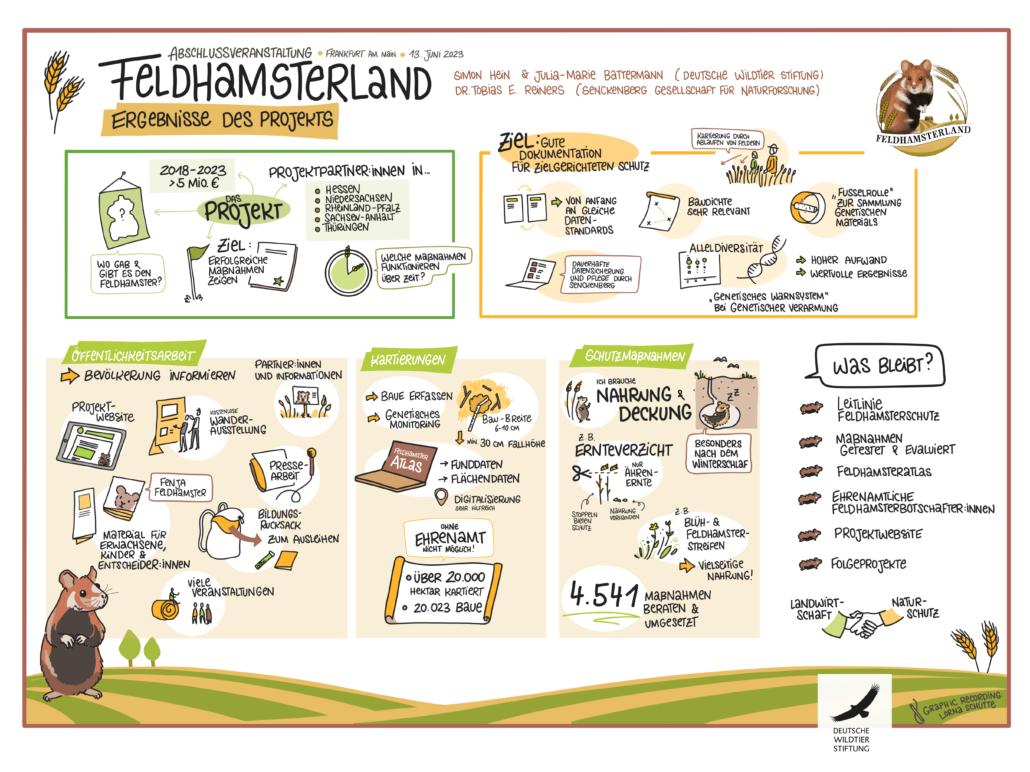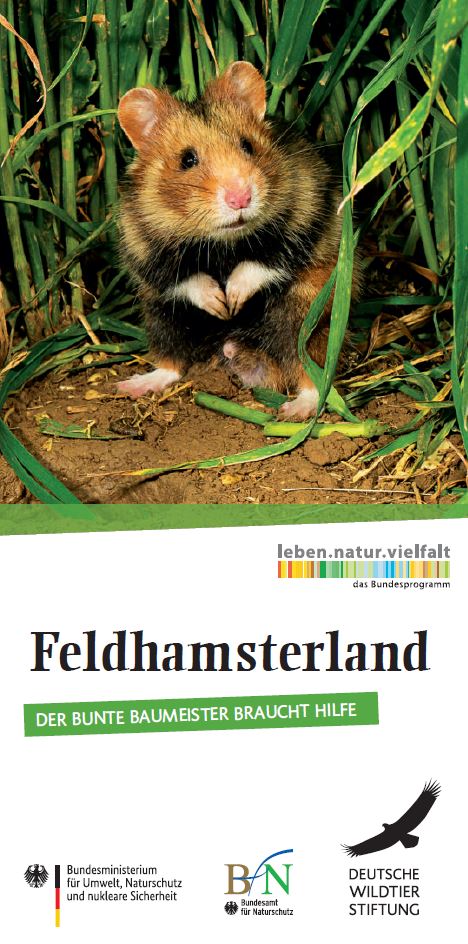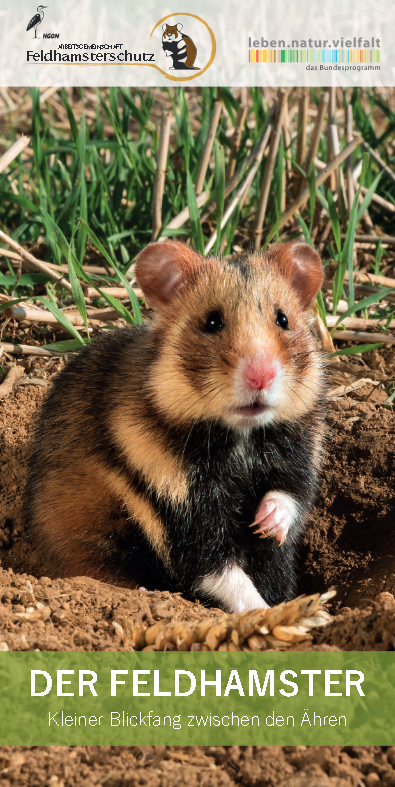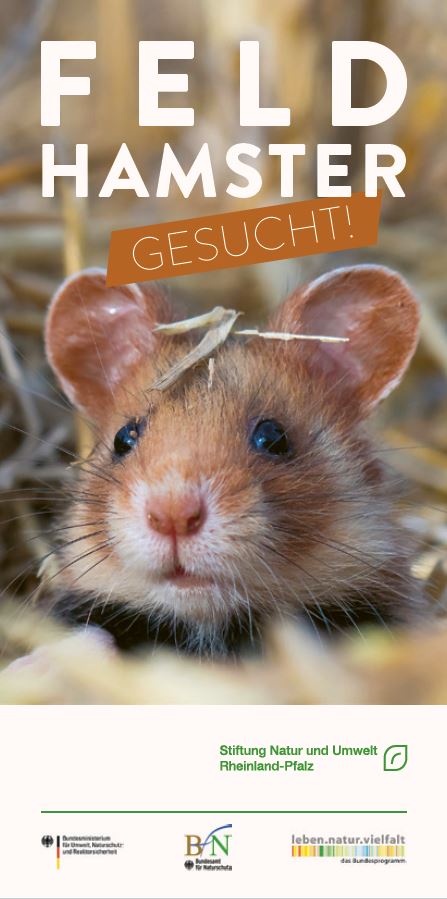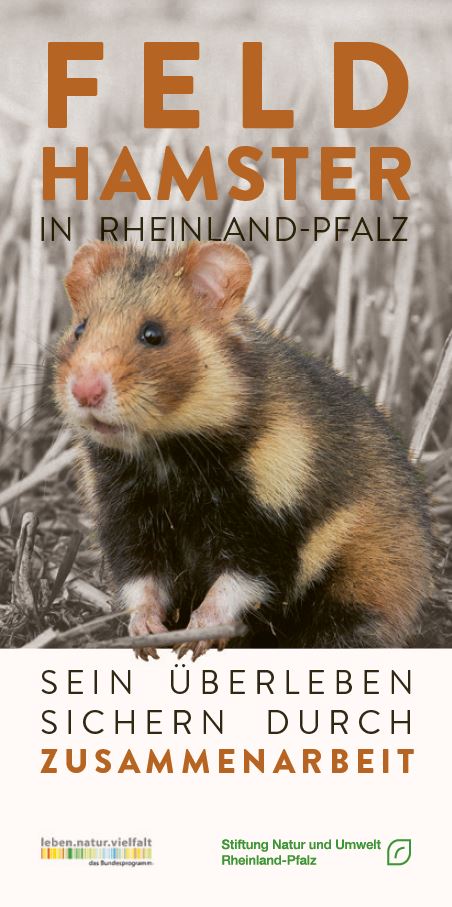Flyer & Infomaterialien:
Der Projektflyer mit allen Informationen rund um das Rettungsprojekt Feldhamsterland ist in gedruckter Form auch hier bestellbar.
Wissenschaftliche Arbeiten:
2020
2019
2018
2017
2016
2015
2014
2013
ALBERT (2013): Erfassung des Reproduktionserfolges des Feldhamsters in Hessen – Masterarbeit.
2012
2011
2010
Klicke hier, um Ihren eigenen Text einzufügen
